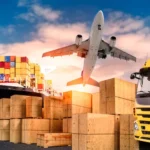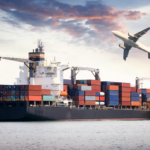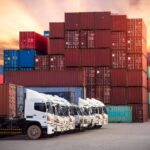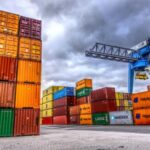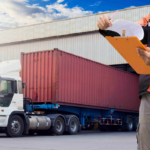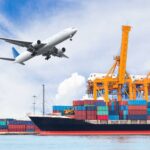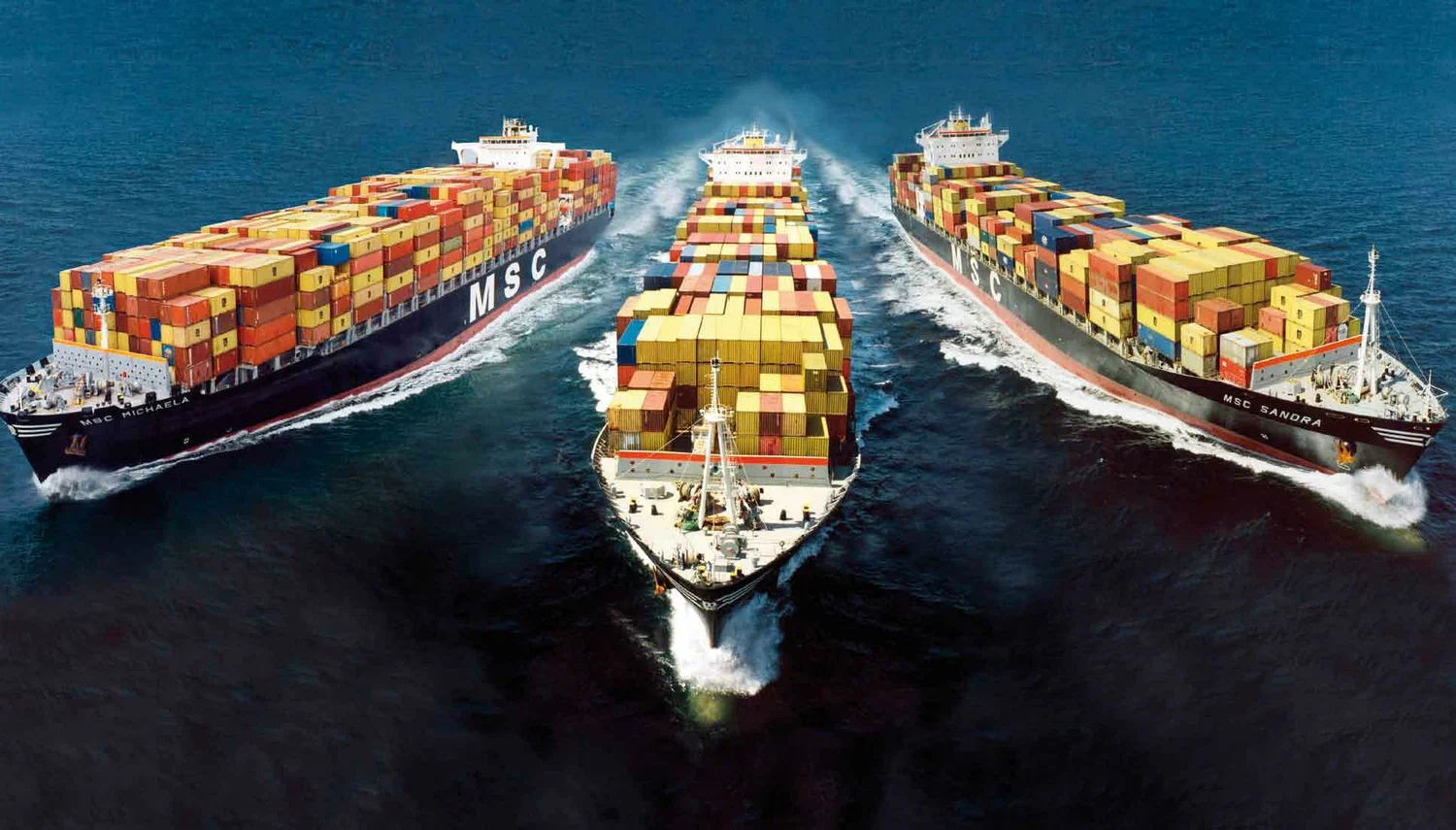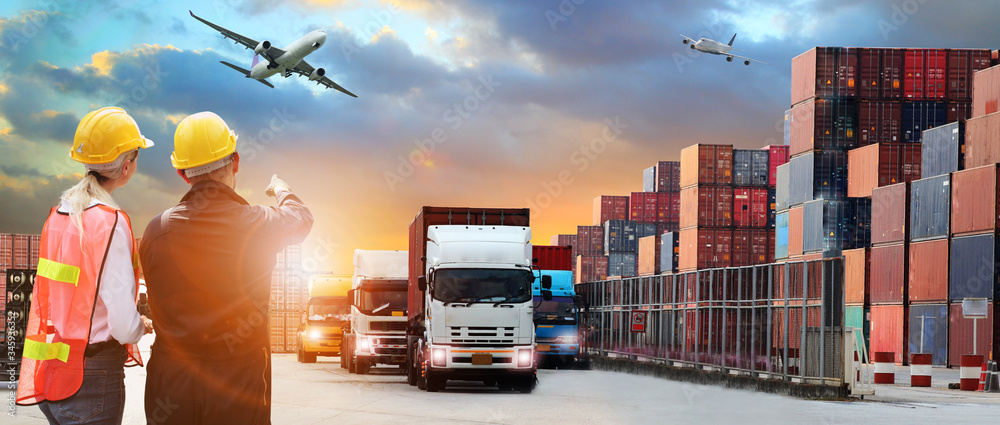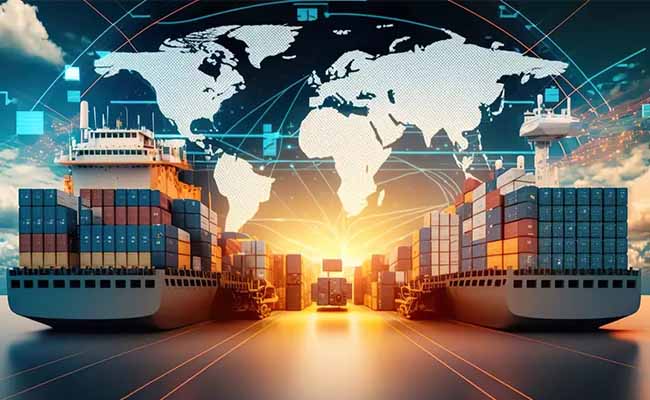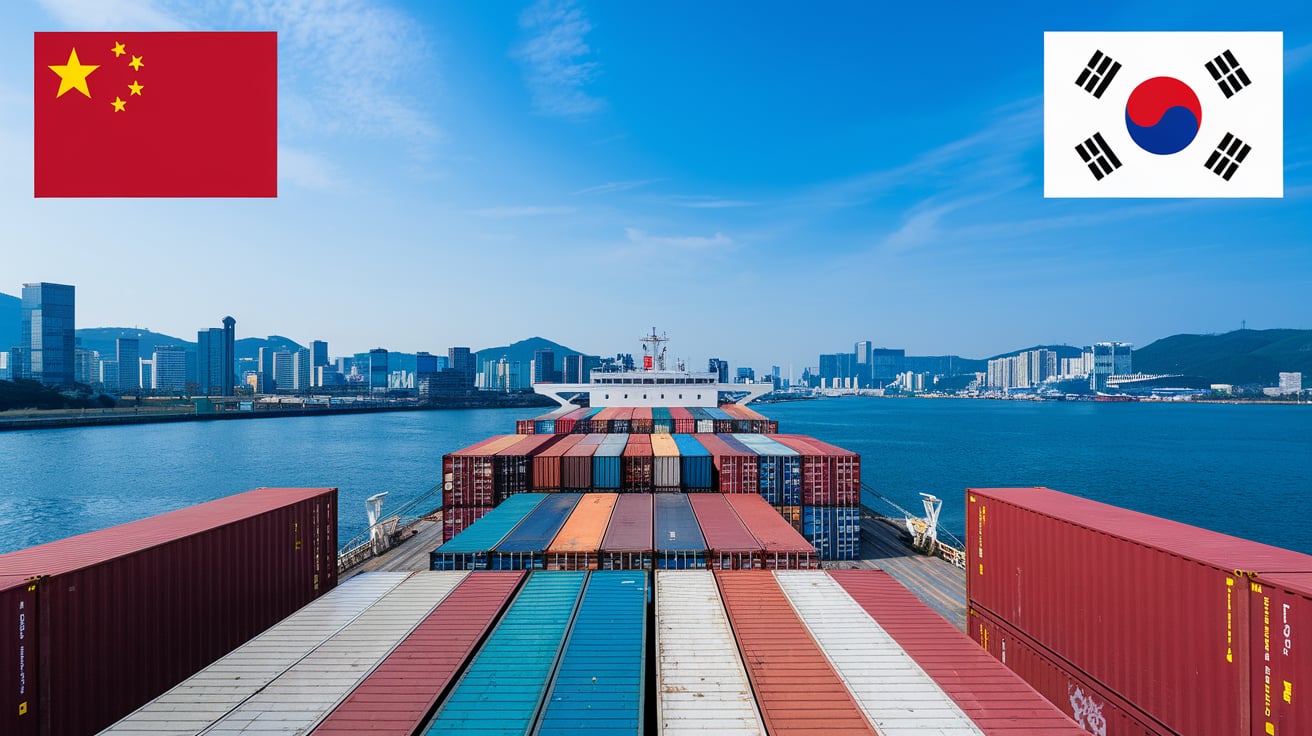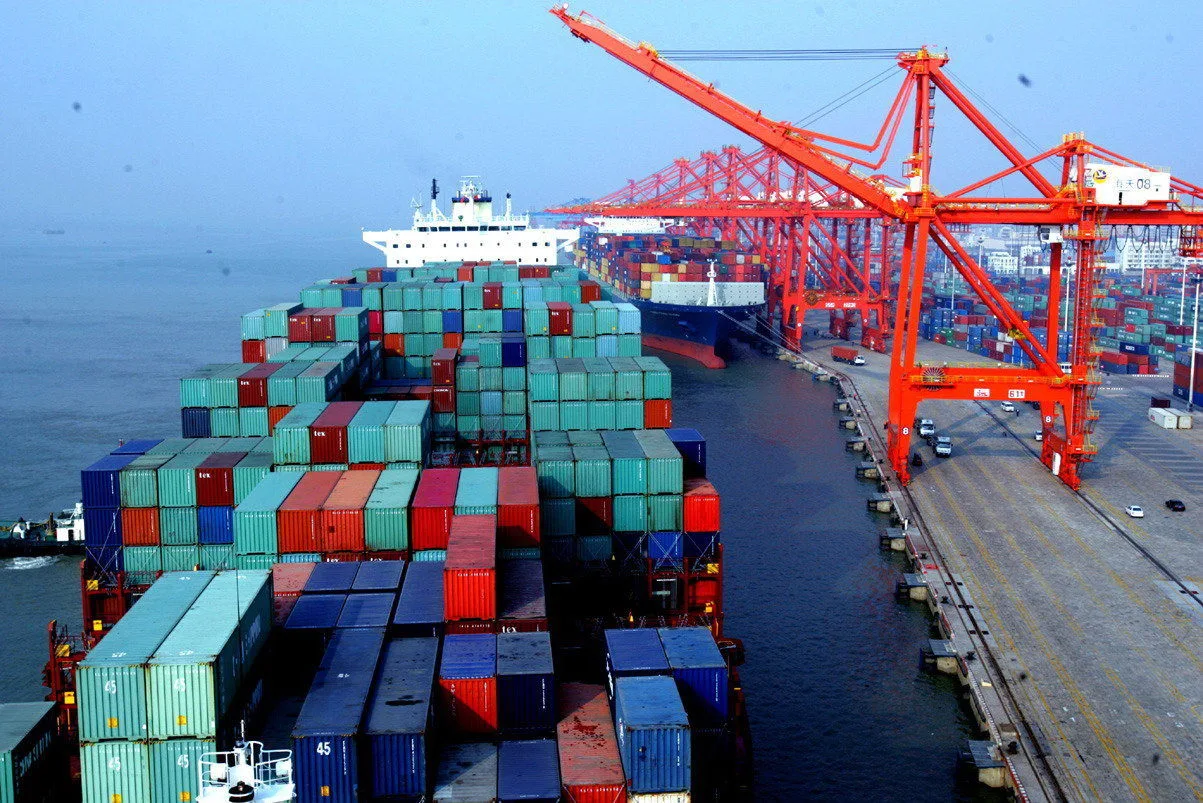Navigating the complexities of hazmat freight forwarding can be a daunting task, particularly for businesses engaged in the transportation of hazardous materials. These materials, which include flammable liquids, toxic agents, and corrosive substances, require specialized handling and compliance with stringent regulatory standards to ensure safety and legal adherence. This comprehensive guide delves into the key aspects of hazmat shipping, from understanding essential regulations and packaging requirements to exploring the transportation process and selecting a qualified freight forwarder. By equipping yourself with the necessary knowledge and strategies, you can facilitate the safe and efficient transport of hazardous materials, ultimately minimizing risks and ensuring compliance throughout the shipping journey.
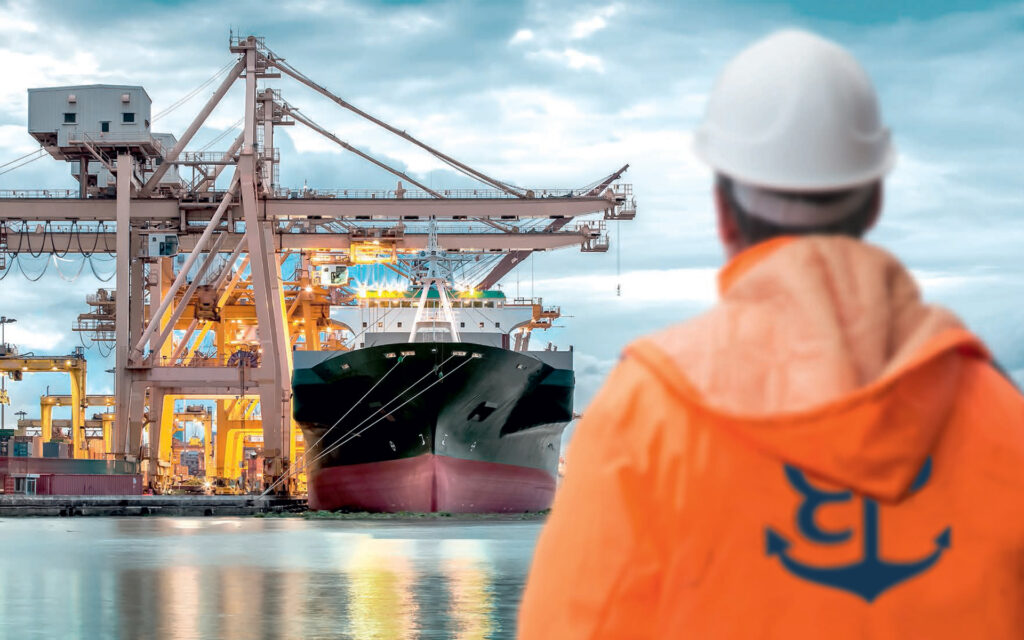
Understanding Hazmat Freight Forwarding
Hazmat freight forwarding refers to the specialized logistics management of hazardous materials (hazmat) during transportation. These materials pose potential risks to health, safety, property, or the environment due to their chemical or physical properties. Common examples of hazmat include flammable liquids, corrosive substances, toxic agents, and radioactive materials.
The process of hazmat freight forwarding involves a series of meticulous steps to ensure compliance with domestic and international regulations, safe handling, and secure transport of these materials. A qualified freight forwarder understands the complexities involved, including classification, packaging, and labeling requirements mandated by regulatory authorities, such as the U.S. Department of Transportation (DOT), International Air Transport Association (IATA), and the United Nations (UN).
Importance of Choosing the Right Hazmat Freight Forwarder
Selecting the right hazmat freight forwarder is crucial for numerous reasons:
-
Regulatory Compliance: Hazmat transport is strictly regulated due to the potential dangers involved. A proficient freight forwarder ensures that all shipments meet regulatory standards, protecting you from legal repercussions.
-
Expertise in Handling Hazmat: Not all freight forwarders have the expertise required for handling hazardous materials. A specialized forwarder possesses the necessary training and knowledge to mitigate risks associated with hazmat.
-
Insurance Coverage: The right forwarder will offer comprehensive insurance services to protect your shipment against potential losses or damages, thereby providing peace of mind during transit.
-
Network and Relationships: A well-established forwarder has a network of carriers that are experienced in hazmat transportation, ensuring smoother logistics and minimizing delays.
-
Cost Efficiency: Although hazmat shipping can be more expensive than regular freight, an experienced forwarder can help identify cost-effective solutions without compromising safety.
When importing hazardous materials, particularly from a country like China, working with a qualified entity such as Dantful International Logistics can provide tailored solutions for your hazmat shipping needs.
Key Considerations for Hazmat Shipping from China to Brazil
Choice of Transportation Modes (Sea, Air, Multimodal)
The choice of transportation mode is paramount when shipping hazmat from China to Brazil. Each mode has its unique advantages and challenges:
| Transportation Mode | Advantages | Challenges |
|---|---|---|
| Sea Freight | Cost-effective for large volumes; suitable for heavy and bulk shipments. | Longer transit times; potential for delays due to port congestion. |
| Air Freight | Faster delivery times; ideal for urgent shipments. | Higher costs; limited capacity for hazardous materials. |
| Multimodal Shipping | Combines benefits of different modes; flexibility in logistics. | Requires coordination among various carriers; increased complexity in documentation. |
Choosing the right mode depends on several factors, including the nature of the hazmat being shipped, urgency, budget, and destination specifics.
Packaging and Labeling Requirements
Packaging and labeling are critical components in hazmat shipping. Proper packaging ensures the integrity of the materials during transit, while clear labeling communicates hazards to handlers and emergency responders. Key requirements include:
-
UN Packaging: Materials must be packaged in accordance with UN performance standards, which specify the type of packaging suitable for different classes of hazardous materials.
-
Labeling: Hazard symbols, handling instructions, and emergency contact information must be clearly displayed on the packaging. The labels must adhere to international standards, such as those outlined by the Globally Harmonized System (GHS).
-
Documentation: Accompanying documentation must include specific information about the nature of the materials being shipped, including Material Safety Data Sheets (MSDS) that detail hazards and safe handling procedures.
Documentation and Declaration Processes
The documentation and declaration process for hazmat shipping is intricate and must be meticulously followed to ensure compliance with both Chinese and Brazilian regulations. Essential documents include:
| Document | Purpose |
|---|---|
| Hazardous Materials Declaration | Confirms the nature of the hazardous materials being transported. |
| Bill of Lading | Serves as a contract between the shipper and carrier and includes details about the shipment. |
| Import/Export Licenses | Necessary approvals from regulatory authorities for importing/exporting hazmat. |
| Customs Clearance Documents | Required for the importation process into Brazil, ensuring all duties and regulations are followed. |
Each document must be accurate and comprehensive to avoid delays or penalties during customs clearance. Collaborating with a knowledgeable freight forwarder, such as Dantful, can help streamline this process, ensuring that all necessary paperwork is prepared and submitted correctly.
You may be interested in the following related articles:
- Navigating Hazmat Shipping from China to France: Key Considerations and Solutions
- How to Select the Best Shipping Agent from China to Turkey
- NVOCC vs Freight Forwarder: Understanding the Key Differences
- The Ultimate Guide to Choosing a Hazmat Freight Forwarder from China to Netherlands
- Why You Need a Specialized Hazmat Freight Forwarder for China to Japan Shipments
- Step-by-Step Process of Door to Door Shipping from China to Israel
Role of Specialized Hazmat Freight Forwarders
Expertise in Hazmat Regulations
Specialized hazmat freight forwarders play a crucial role in navigating the complex landscape of hazardous material regulations applicable to both domestic and international transport. These regulations include the Hazardous Materials Transportation Act, the International Air Transport Association (IATA) Dangerous Goods Regulations, and guidelines set forth by the United Nations (UN).
Forwarders are equipped with knowledge about the different classes of hazardous materials, their unique handling requirements, and the specific licenses required for their transport. Their expertise ensures that shippers comply fully with local, national, and international regulations, thereby minimizing the potential for legal issues and delays.
Risk Assessment and Mitigation
Effective risk assessment and mitigation are vital to successful hazmat shipping. Specialized freight forwarders evaluate the risks associated with the specific materials being transported, considering factors such as:
- Nature of the Hazard: Understanding the specific risks posed by each material (flammability, toxicity, corrosiveness, etc.).
- Packaging Integrity: Assessing whether the chosen packaging will adequately protect the materials during transit.
- Route Selection: Identifying the safest and most efficient transportation routes to minimize exposure to hazards.
Through comprehensive risk assessments, these experts develop contingency plans to address potential issues that may arise during transit, such as leaks, spills, or accidents. This proactive approach enhances shipment safety and reduces liability.
Proper Documentation Handling
Hazmat shipping requires meticulous documentation to ensure compliance and safety. Specialized freight forwarders manage the preparation and submission of all necessary documents, which may include:
- Hazardous Materials Shipping Papers: Detailed descriptions of the materials being shipped, including their classification and emergency response information.
- Material Safety Data Sheets (MSDS): Essential documents that provide information on the properties and hazards of the materials.
- Customs Clearance Documents: Required paperwork for the import/export of hazmat, ensuring compliance with customs regulations.
By handling documentation efficiently, specialized forwarders prevent delays during transit and streamline the customs clearance process, ensuring that shipments arrive on time and in compliance with regulations.
Coordination with Carriers and Customs Authorities
Coordination is essential for the smooth transportation of hazardous materials. Specialized hazmat freight forwarders maintain strong relationships with carriers who are experienced in handling hazmat shipments. This coordination includes:
- Selection of Carriers: Choosing carriers with the expertise and certifications necessary to transport hazardous materials safely.
- Clear Communication: Ensuring that all parties involved are aware of the specific requirements and protocols for the shipment.
- Customs Collaboration: Working closely with customs authorities to facilitate smooth and efficient clearance of shipments, addressing any regulatory concerns that may arise.
By effectively managing these relationships, specialized forwarders ensure that all aspects of the shipment process are handled professionally and safely.
You may be interested in the following related articles:
- Shipping From China to Venezuela
- Shipping From China to Jamaica
- Shipping From China TO Colombia
- Shipping From China TO Mexico
- Shipping From China to Panama
- Shipping From China to Costa Rica
- Shipping From China TO Canada
- Shipping From China to the United States
Selecting the Right Freight Forwarder from China to Brazil
Qualifications and Expertise
When selecting a freight forwarder for hazmat shipping from China to Brazil, it is essential to assess their qualifications and expertise in handling hazardous materials. Look for forwarders who have:
- Certifications: Valid certifications from recognized transportation and logistics authorities, confirming their ability to manage hazmat shipments.
- Training Programs: Ongoing training programs for staff to stay updated on the latest regulations and best practices in hazmat shipping.
This level of expertise is critical in ensuring compliance with regulations and maintaining safety throughout the shipping process.
Service Scope and Network Coverage
The service scope of a freight forwarder is another key consideration. Ideal forwarders should offer a comprehensive range of services, which may include:
- Customs Clearance Services: Expertise in navigating customs regulations in both China and Brazil.
- Transportation Options: Availability of various transportation modes, including air freight, sea freight, and multimodal services, tailored to meet the specific needs of hazmat shipments.
- Global Network: A robust network of global partners and carriers capable of handling hazmat materials efficiently.
Having a well-established network ensures timely and safe delivery of hazardous materials to their final destination.
Safety Record and Reputation
The safety record and reputation of a freight forwarder are paramount when considering a partnership for hazmat shipping. Research and evaluate their history of:
- Incident Reports: Frequency of accidents or compliance violations related to hazmat shipments.
- Customer Testimonials: Reviews and feedback from past clients can provide insights into the forwarder’s reliability and professionalism.
- Industry Recognition: Awards or recognition from industry organizations that underline their commitment to safety and service quality.
A reputable freight forwarder like Dantful International Logistics not only excels in managing hazmat shipments but also emphasizes safety and compliance, ensuring peace of mind for shippers.
For those involved in shipping hazardous materials from China to Brazil, partnering with a specialized and trustworthy freight forwarder is crucial. Dantful International Logistics offers comprehensive services tailored for hazmat transportation, ensuring full compliance with regulations, effective risk management, and seamless coordination throughout the logistics process. Consider utilizing Dantful’s expertise for a secure and efficient shipping experience.
Dantful International Logistics Services:
- Dantful Ocean Freight Services
- Air Freight From China
- Amazon FBA Freight Forwarding
- WAREHOUSE Services
- One-Stop Customs Clearance Solution
- Cargo Insurance Services in China
- DDP Shipping Services By Dantful Logistics
- Out of Gauge Cargo Transportation Shipping Services
Hazmat Transportation Process
Booking and Planning
The initial phase of the hazmat transportation process involves meticulous booking and planning. This stage is essential for ensuring that all logistical aspects are coordinated efficiently. Key considerations during this phase include:
-
Assessment of the Shipment: Understanding the specific nature of the hazardous materials being transported is critical. This includes identifying the hazard class, quantity, and physical state of the materials.
-
Choosing the Right Forwarder: Selecting an experienced hazmat freight forwarder is paramount. The forwarder should have expertise in handling similar shipments and a comprehensive understanding of relevant regulations.
-
Route Optimization: The forwarder will analyze transportation routes to minimize risk and ensure efficiency. Factors such as road conditions, potential transit hazards, and proximity to emergency services are evaluated.
-
Documentation Preparation: All necessary shipping documents, including Hazardous Materials Declarations and Material Safety Data Sheets (MSDS), are prepared during this phase to ensure compliance.
Packaging and Labeling Inspection
Proper packaging and labeling are vital for ensuring the safe transport of hazardous materials. This stage involves:
-
Compliance with Regulations: Packaging must meet the requirements specified by regulatory bodies such as the UN and IATA. Hazmat materials should be stored in UN-certified containers that can withstand environmental and mechanical stresses.
-
Labeling Requirements: Labels must clearly display the hazard symbols and handling instructions. Additionally, emergency contact information should be prominently displayed.
-
Inspection Procedures: Prior to shipment, forwarders will conduct thorough inspections to verify that packaging and labeling meet all regulatory requirements. This ensures that there are no compliance issues during transit.
Customs Clearance
Navigating customs clearance is a critical step in the hazmat transportation process. This stage includes:
-
Submitting Required Documentation: All relevant documents, such as the Bill of Lading, Hazardous Materials Declaration, and any necessary import/export licenses, must be submitted to customs authorities.
-
Compliance Checks: Customs authorities will review documentation to ensure compliance with national and international regulations. A freight forwarder with expertise in hazmat transportation will facilitate this process, minimizing the risk of delays.
-
Handling Duties and Taxes: Understanding and calculating applicable duties and taxes related to the import/export of hazardous materials is essential for compliance and cost control.
Transportation and Tracking
Once customs clearance is achieved, the actual transportation of the hazardous materials begins. Key elements of this stage include:
-
Modes of Transport: Depending on the shipment’s urgency and characteristics, hazmat can be transported via air, sea, or road. Each mode has its regulations and requirements.
-
Real-Time Tracking: Utilizing advanced tracking systems allows for real-time monitoring of the shipment’s location and condition. This is crucial for ensuring that any issues can be addressed promptly.
-
Safety Protocols: Throughout transportation, strict safety protocols must be followed to mitigate risks. This includes ensuring that vehicles and containers are equipped with appropriate safety equipment.
Destination Delivery
The final stage of the hazmat transportation process involves delivering the materials to the designated destination. Key considerations include:
-
Receiving Procedures: The receiving party should have established protocols for accepting hazmat shipments. This includes verifying the shipment against the provided documentation.
-
Post-Delivery Inspections: Upon arrival, the shipment should be inspected to ensure that packaging remains intact and that no leaks or damages have occurred during transit.
-
Record Keeping: Keeping accurate records of the shipment, including delivery confirmations and inspections, is essential for compliance and future reference.
Common Challenges and Solutions
Regulatory Compliance
Maintaining regulatory compliance is one of the most significant challenges in hazmat transportation. Regulations may vary by country and can be complex. To ensure compliance:
-
Stay Informed: Companies should regularly update their knowledge of relevant regulations, including those from the EPA, DOT, and international bodies.
-
Engage Expert Forwarders: Partnering with a qualified hazmat freight forwarder, such as Dantful International Logistics, can help navigate the regulatory landscape effectively.
Safety Management
Managing safety during the transportation of hazardous materials presents unique challenges. Key strategies to enhance safety management include:
-
Training Programs: Implementing rigorous training programs for staff involved in the handling and transportation of hazmat ensures that they are knowledgeable about safety protocols.
-
Emergency Response Plans: Developing and regularly updating emergency response plans helps mitigate risks in case of accidents or spills.
-
Regular Audits: Conducting periodic safety audits of processes and transportation methods can identify areas for improvement and enhance overall safety.
Cost Control
Cost control can be a significant challenge in hazmat transportation due to the inherent complexities and risks. Effective strategies include:
-
Budget Forecasting: Conducting thorough budget assessments enables better planning and allocation of resources for hazmat shipments.
-
Optimizing Transportation Modes: Evaluating the cost-effectiveness of different transportation modes (air, sea, road) allows for informed decision-making based on the nature of the shipment.
-
Leveraging Technology: Utilizing technology for tracking and managing shipments can lead to greater efficiency, reducing overall transportation costs.
By addressing these common challenges with effective strategies, companies can streamline their hazmat transportation processes, ensuring safety, efficiency, and compliance throughout the shipping journey.
FAQs
1. What is hazmat freight forwarding?
Hazmat freight forwarding refers to the specialized logistics management of hazardous materials during transportation. It involves ensuring compliance with regulations, safe handling, and secure transport of materials that pose risks to health, safety, property, or the environment.
2. Why is it important to choose the right hazmat freight forwarder?
Choosing a qualified hazmat freight forwarder is crucial for regulatory compliance, expertise in handling hazardous materials, insurance coverage, established networks, and cost efficiency. They help mitigate risks and ensure smooth logistics.
3. What are the key considerations for hazmat shipping from China to Brazil?
Key considerations include selecting the appropriate transportation mode (sea, air, or multimodal), adhering to packaging and labeling requirements, and ensuring proper documentation and declaration processes.
4. What documentation is required for hazmat shipping?
Important documents include the Hazardous Materials Declaration, Bill of Lading, import/export licenses, and customs clearance documents. Accurate and comprehensive documentation is vital to avoid delays or penalties.
5. How do specialized hazmat freight forwarders ensure compliance?
Specialized freight forwarders possess expertise in hazmat regulations, conduct risk assessments, manage proper documentation, and coordinate effectively with carriers and customs authorities to ensure full compliance.
6. What packaging and labeling requirements are necessary for hazmat shipping?
Hazmat materials must be packaged according to UN performance standards and labeled with appropriate hazard symbols, handling instructions, and emergency contact information.
7. How does customs clearance work for hazmat shipments?
Customs clearance involves submitting required documentation, ensuring compliance checks, and handling duties and taxes. A knowledgeable freight forwarder can facilitate this process to minimize delays.
8. What are some common challenges faced in hazmat transportation?
Common challenges include regulatory compliance, safety management, and cost control. Strategies such as engaging expert forwarders, implementing training programs, and optimizing transportation modes can help address these issues.

Young Chiu is a seasoned logistics expert with over 15 years of experience in international freight forwarding and supply chain management. As CEO of Dantful International Logistics, Young is dedicated to providing valuable insights and practical advice to businesses navigating the complexities of global shipping.

